Teachers must change the way they present content because students today are highly ______
Visual
Technology has made learning English more accessible by providing these types of free or low-cost tools
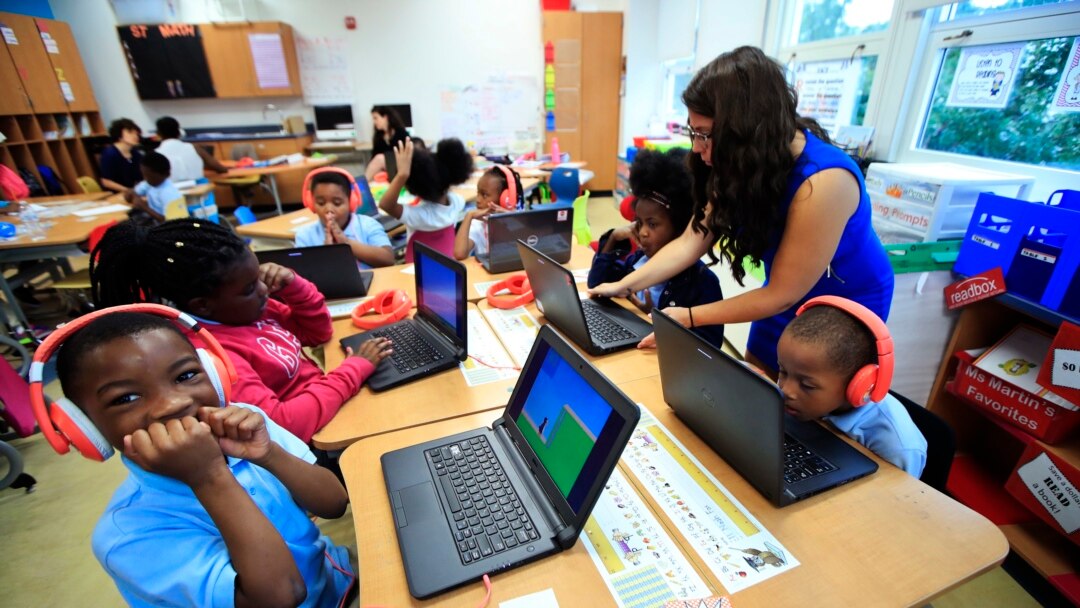
Digital, versatile, and integrative tools
Web 1.0 is the ancestor of the internet we use today. It was made up of these types of pages, which users could only read but not interact with
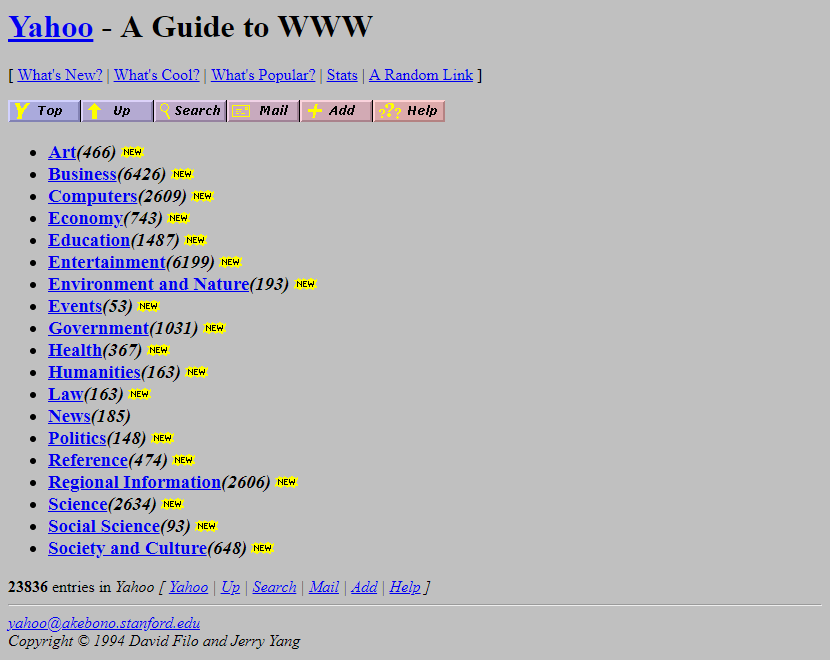
Static pages
Unlike Web 1.0, Web 2.0 allowed users to do this instead of just consuming content
Create content
What other name is Web 3.0 known by?
The Semantic Web
Technology has a direct impact on students' emotions, behaviors, and mental health. Overuse of technology can lead to these negative effects.

Withdrawal, stress, low self-esteem, or anxiety
Modern technology helps English learners improve their skills beyond the classroom by enabling this kind of communication

Virtual interaction and collaboration
Web 1.0 was limited to mainly consuming content, meaning users could not .........
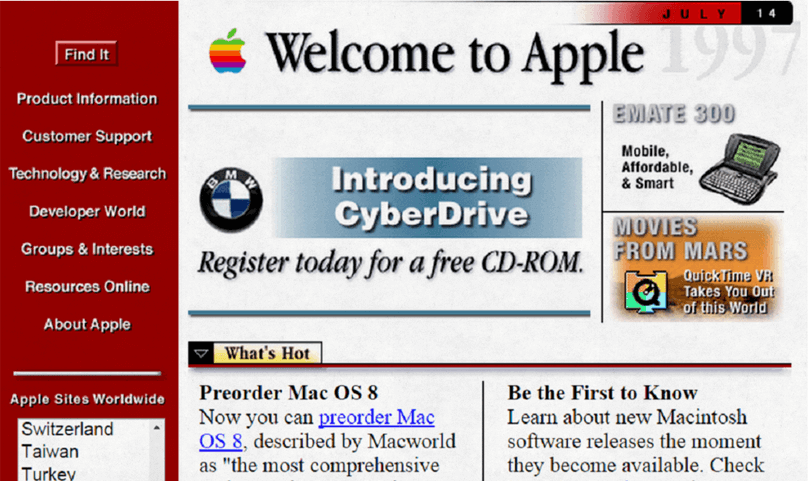
Interact
Wikipedia is a great example of Web 2.0 because it allows users to do this with articles
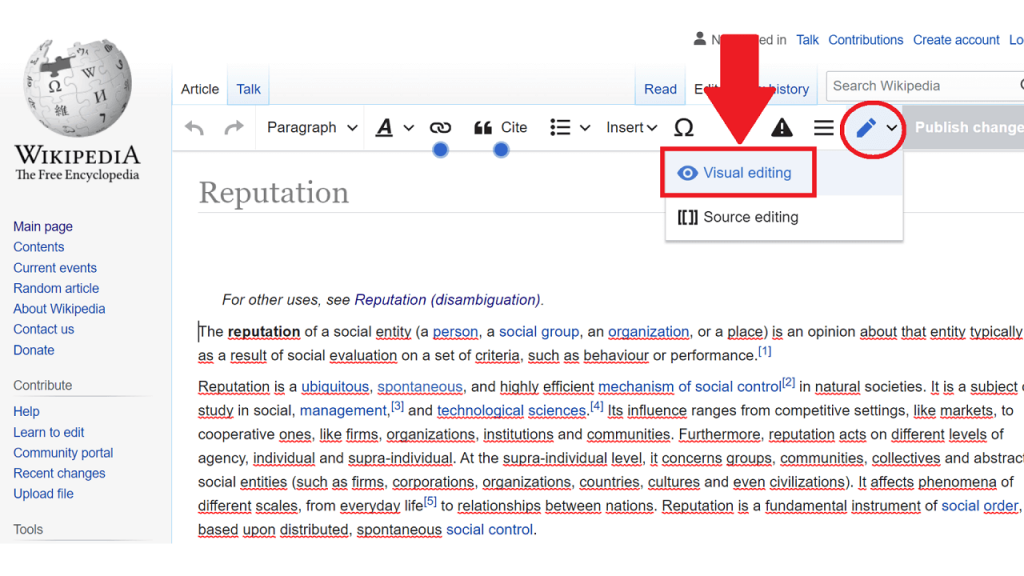
Edit and collaborate
Web 3.0 introduces artificial intelligence, allowing computers to do this with information, making searches more relevant like .....
Understand data like humans
This term describes the fear of being without a mobile phone or internet access, a growing issue among students

Nomophobia
With the use of technology, English learners are no longer just consumers of content but also ______
Content creators
In Web 1.0, changing or adding new content to a website required knowledge of this coding language.

HTML
This Web 2.0 innovation revolutionized how people share videos online

YouTube
Web 3.0 is expected to be omnipresent, meaning the internet will be accessible to everyone, everywhere, at all times. This concept is called ______
![]()
Ubiquity
This term describes the act of ignoring a person in favor of using a mobile phone, a common issue in classrooms and social settings

phubbing
Technology allows students to engage in language learning in an immersive way by supporting this type of interaction

Real-time communication
Web 1.0 lacked interactivity, meaning English learners could only use this type of thinking skill while browsing the internet

Lower-order thinking skills
Social networks like Facebook and Twitter shifted the internet from content-centric to this type of paradigm
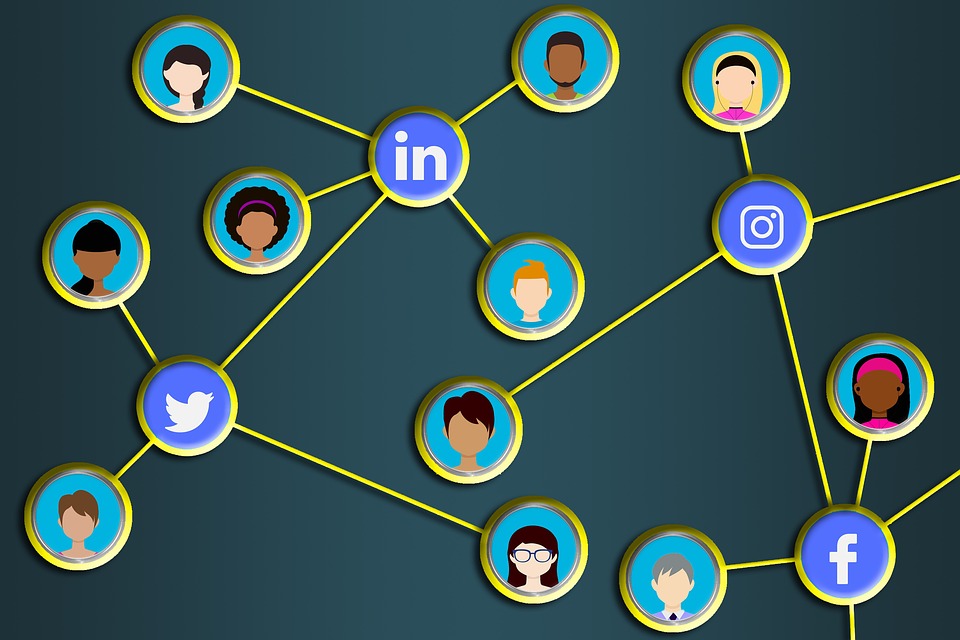
Social-centric paradigm
Web 3.0 uses 3D graphics in various fields. Name one example where this technology is being used today.
Virtual museums, computer games, e-commerce, or geospatial applications
This type of cyberattack tricks users into revealing personal data through fake emails, messages, or websites.
phishing
One major benefit of technology in English learning is that it allows students to develop better relationships with these people, making the learning process more comfortable
Teachers and peers

Since Web 1.0 lacked real-time updates, users had to do this every time they wanted to see new information on a webpage

Refresh/reload the page
This Web 2.0 feature allows websites to adapt their layout for both mobile and desktop users
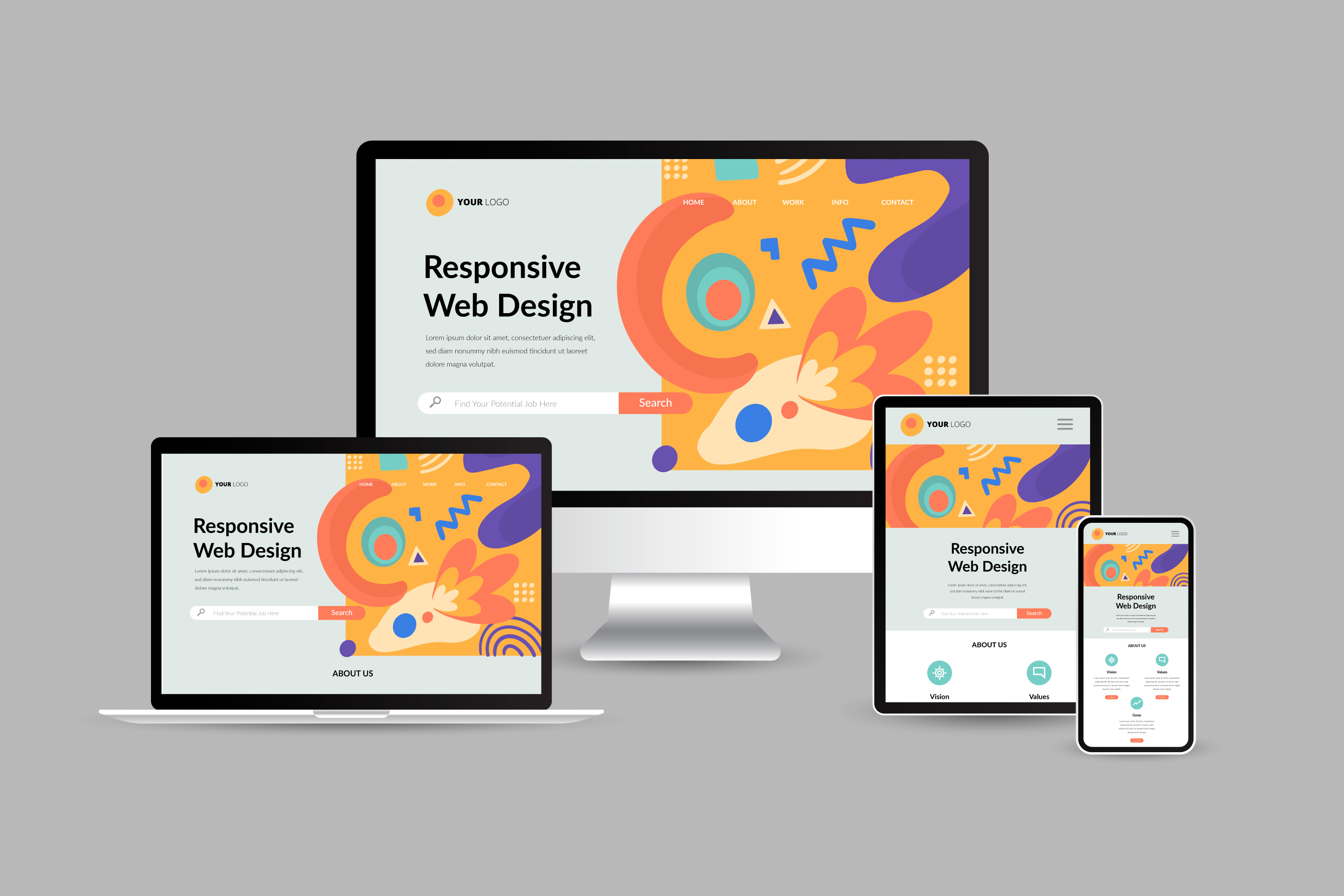
Responsive design
One major shift in Web 3.0 is the way people interact with privacy. Unlike Web 2.0, users can now control their digital identity, helping prevent this type of cybercrime.
Digital identity theft
